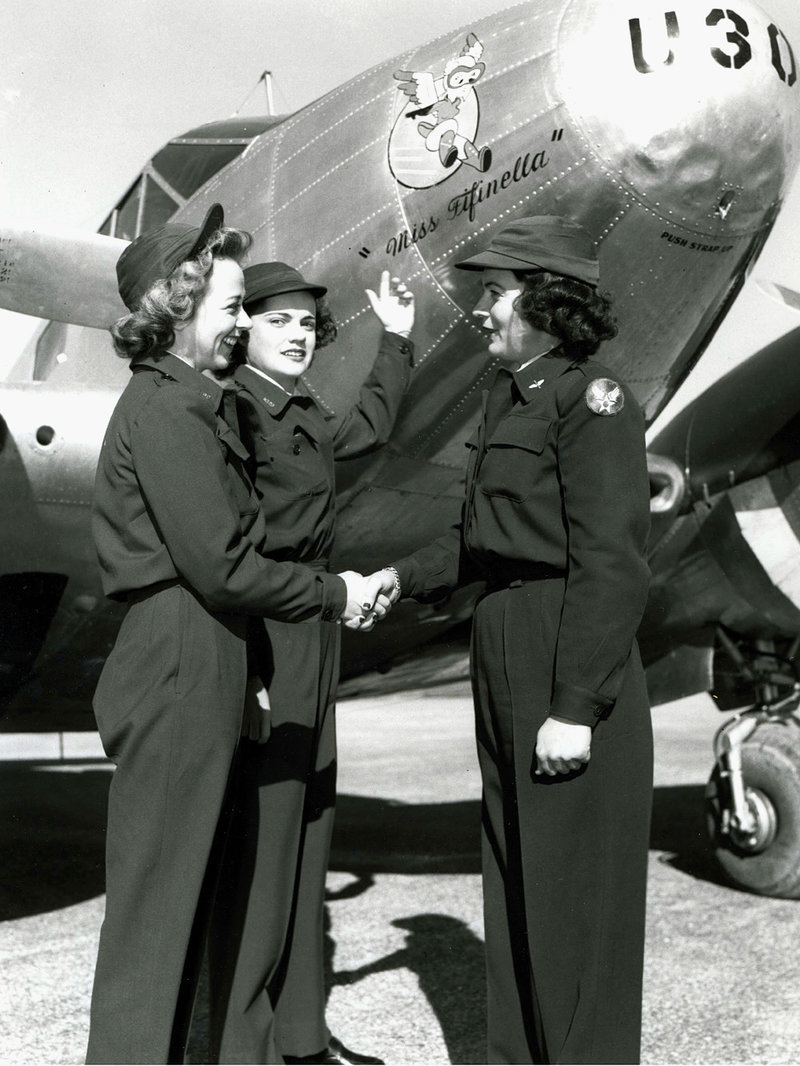
In 1942, the United States was faced with a severe shortage of pilots, and leaders gambled on an experimental program to help fill the void: Train women to fly military aircraft so male pilots could be released for combat duty overseas.
The group of female pilots was called the Women Airforce Service Pilots — WASP for short. In 1944, during the graduation ceremony for the last WASP training class, the commanding general of the U.S. Army Air Forces, Henry “Hap” Arnold, said that when the program started, he wasn’t sure “whether a slip of a girl could fight the controls of a B-17 in heavy weather.”
A few more than 1,100 young women, all civilian volunteers, flew almost every type of military aircraft — including the B-26 and B-29 bombers — as part of the WASP program. They ferried new planes long distances from factories to military bases and departure points across the country. They tested newly overhauled planes. And they towed targets to give ground and air gunners training shooting — with live ammunition. The WASP expected to become part of the military during their service. Instead, the program was canceled after just two years.